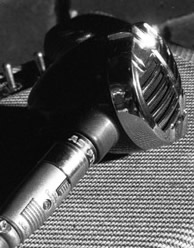It’s Bad You Know – R L Burnside [..with tab]
She asked me why. I just went on and told her. The engineer blown the whistle, the fireman he rang the bell
I remember seeing R.L. Burnside in Brighton in the late 1990’s. The gig was above a pub (the Flying Pig I think) on Queens Road, just down from the railway station. My enduring memory will always be of Cedric, his grandson, silhouetted behind the drum kit, pumping out ‘tribal’ blues rhythms. There were just the two of them, musicians that is, but it was utterly mesmerising. I’d never experienced blues of this kind before; far removed from standard Chicago 12 bar romps. It took the audience somewhere humid and remote. Down in Mississippi, but back up in the hills.
Who’s blowing the harp?
So who’s responsible for all that raw harpooning on It’s Bad You Know? Only Lester Butler of The Red Devils! I believe recorded scraps were sequenced and engineered by Tom Rothrock and the track was released into the underground dance scene in 1998. Where it flourished. The message was then adopted by the likes of Moby, Little Axe and now Alabama 3. More recently by Son of Dave. If it’s any testament to quality, this track and, of course, Alabama 3’s Woke Up This Morning have been used in the TV series The Sopranos.
Harp tab (C major diatonic, 2nd position)
2D’ 2D 2D 3D’ 2D 2D 2D” 1D 2D” 1D…1D’
2D’ 2D 2D 3D’ 2D 2D 2D” 1D 2D” 1D…1D’
2D’ 2D 2D 3D’ 2D 2D 2D” 1D 2D” 1D…1D’
2D” 2D” 2D” 2D” 2D” 1D 2D” 2D” 2D” 2D” 2D 2D
2D’ 2D 2D 3D’ 2D 2D 2D” 1D 2D” 1D…1D’
2D’ 2D 2D 3D’ 2D 2D 2D” 1D 2D” 1D…1D’
2D’ 2D 2D 3D’ 2D 2D 2D” 1D 2D” 1D…1D’
2D” 2D” 2D” 2D” 2D” 1D 2D” 2D” 2D” 2D” 2D 2D
2D’ 2D 2D 3D’ 2D
1D 2D” 2D” 2D” 2D” 2D 2D
2D’ 2D 2D 3D’ 2D
1D 2D” 2D” 2D” 2D” 2D 2D
2D 3D’ 4B 4D’ 4B 3D’ 2D
2D” 2D” 2D” 2D” 2D” 1D 2D” 2D” 2D” 2D” 2D 2D
2D’ 2D 2D 3D’ 2D 2D 2D” 1D 2D” 1D…1D’
2D’ 2D 2D 3D’ 2D 2D 2D” 1D 2D” 1D…1D’
2D’ 2D 2D 3D’ 2D 2D 2D” 1D 2D” 1D…1D’
2D” 2D” 2D” 2D” 2D” 1D 2D” 2D” 2D” 2D” 2D 2D
Fading
2D’ 2D 2D 3D’ 2D 2D 2D” 1D 2D” 1D…1D’
2D’ 2D 2D 3D’ 2D 2D 2D” 1D 2D” 1D…1D’
2D’ 2D 2D 3D’ 2D 2D 2D” 1D 2D” 1D…1D’
2D” 2D” 2D” 2D” 2D” 1D 2D” 2D” 2D” 2D” 2D 2D
2D’ 2D 2D 3D’ 2D 2D 2D” 1D 2D” 1D…1D’
2D’ 2D 2D 3D’ 2D 2D 2D” 1D 2D” 1D…1D’
2D’ 2D 2D 3D’ 2D 2D 2D” 1D 2D” 1D…1D’
2D” 2D” 2D” 2D” 2D” 1D 2D” 2D” 2D” 2D” 2D 2D


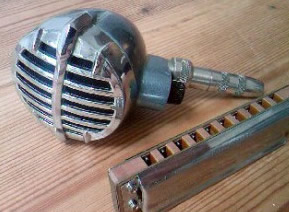
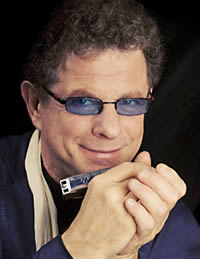

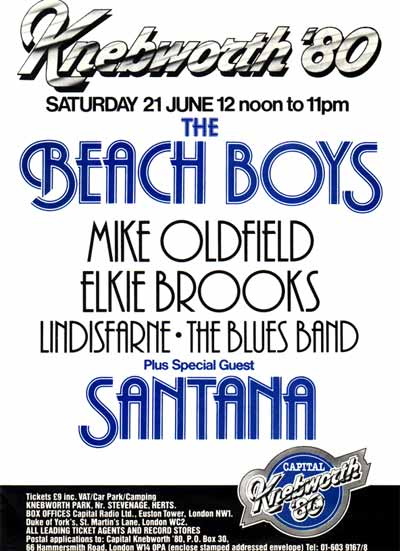 Flat Foot Sam bought an automobile
Flat Foot Sam bought an automobile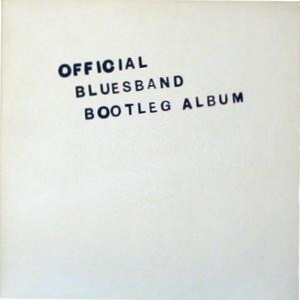 A year later, amidst great media interest, The Blues Band took the stage at the 1980 Knebworth Festival. The Good Doctor was in the crowd with the ‘naughty botty’ gang, ready for a musical feast which also featured Lindisfarne, Elkie Brooks, Santana and The Beach Boys. It was a fabulous day compered by Richard Digence and the bands were exceptional. After the festival, one song in particular stuck in the Doctor’s mental jukebox – Flatfoot Sam by The Blues Band. It was his favourite track on their Bootleg LP and just as good performed live.
A year later, amidst great media interest, The Blues Band took the stage at the 1980 Knebworth Festival. The Good Doctor was in the crowd with the ‘naughty botty’ gang, ready for a musical feast which also featured Lindisfarne, Elkie Brooks, Santana and The Beach Boys. It was a fabulous day compered by Richard Digence and the bands were exceptional. After the festival, one song in particular stuck in the Doctor’s mental jukebox – Flatfoot Sam by The Blues Band. It was his favourite track on their Bootleg LP and just as good performed live.